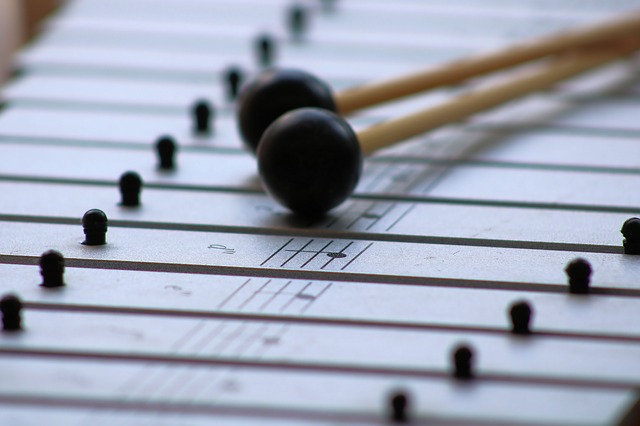Music scales shouldn’t be confusing

What are we talking about here? Tips for scales on your violin!
Well, I just wanted to grab your attention, because we’re going to talk about something that’s been complicated by many a music teacher(maybe even myself in my early days).
I’m going to give you some tips for scales on the violin, but these principles aren’t just limited to stringed instruments.
Scales are essential to your development as a musician. There’s been a lot of chatter in the corridors of Musilesson about scales. Where to begin? WHEN to begin?
How on earth do I even make a scale in the first place? What’s the music theory behind it?
All good questions. I’m going to tackle this in sections.
Follow me on this and you’ll learn how to tip the scales of musical knowledge in your favor!
When should I start learning scales?

There are many varying opinions on this.
I’m going to give you mine: As soon as you understand how to make the notes required by a scale on your instrument, you can play that scale.
It’s almost as simple as that.
If you don’t know how to place a finger down on your violin, scales ARE NOT for you.
If you can place your fingers down on the notes but don’t know what they’re called, scales MAY be for you.
If you can place your fingers down on all the notes of your violin in first position and you know what their letter names are, scales ARE for you.
One caveat: you are NOT required to know the letter names of the notes in order to play a scale. However, it does make things much easier.
Here’s where we have to have a quick chat.
If you have a good instructor who is guiding you through your journey to learn the violin, they will inevitably work you towards scales.
But this could mean that you will learn a scale with just the notes you’ve learned and those notes don’t have to be every note on the violin.
You can play a full one octave scale on any two strings of the violin.
I know what you’re saying, “octave? slow down, what’s that?” Not to worry, we will get to that shortly.
How do I begin learning scales?

Like we previously discussed, your first priority is learning the notes on your violin.
Either you learn the names of the notes and where they are on your instrument simultaneously, or you learn the fingers first and the letter names later.
Either way, you’re not getting out of the gate without knowing how to play your instrument.
You don’t need to know the names of the notes, but you need to know where to place your fingers on your violin.
With that in mind, the next step is to recognize that scales are generally made up of eight(8) specific tones(in western music).
Eight, remember that. We will be talking about that again later(8=Octave).
So step one is learning the notes and the fingers.
In the Suzuki method, we first learn all the notes on the A and E strings which facilitates our learning of the A major scale.
In Essential elements, we learn multiple fingers on multiple strings in rapid succession that push us towards the D major scale.
My first suggestion is to get a good finger indicator system to apply to your violin.
It’s going to be hard to play if you don’t know where to place your fingers. “Don’t Fret” systems are a good option for that.
I would shy away from systems that have the indicator plastic adhering to itself instead of the fingerboard.
These types of methods tend to slide and can fold up and touch the strings, thus changing the pitch. For that reason, I don’t like them.
The Formula
I’m going to try and keep this very simple as it can get very confusing.
All of music is made up of something we call intervals. Intervals are the basic building blocks of pitch.
The easiest way to think of intervals is by looking at a piano or guitar.
On the guitar, every pitch is separated by a metal piece of wire called a fret.
If you travel from one fret to the very next fret up(or down, technically), you just traveled a half step.
If you travel two frets up(or down), you just traveled a whole step.
On the violin, we don’t have frets, but the same intervals are still present.
This is why I advise my students to purchase a proven finger locater system.
This locator system helps you identify intervals as well as fingers and can aid in your playing scales.
Applying it to the violin
On a 4/4 size violin, the distance from the nut to the first half step is a little over a half inch.
So if we add a little over another half inch, we get our first whole step(this is true for any string if you start at the nut).
If you look at the violin image here from left to right, you see first a white line followed by a yellow line.
The distance from the nut to the white line is a half step and equal to going from one fret on the guitar to the very next fret of the guitar.
It is also equivalent to going from one key on the piano to the very next key on the piano, whether it be white or black.
The first finger would be used to play either of these notes.
We will discuss intervals more in our following scales article.
Final thoughts
These are the absolute basics of scales and the formula used to make them.
We will further discuss scales in another article. Let’s digest this for now and then go further in our next post on the topic.


